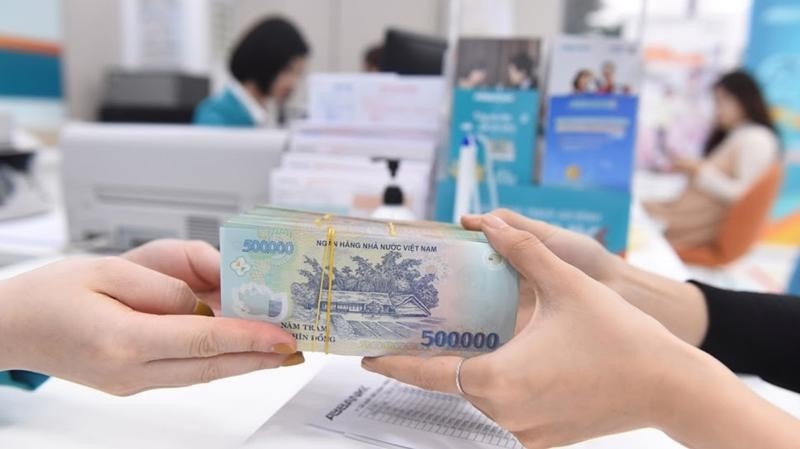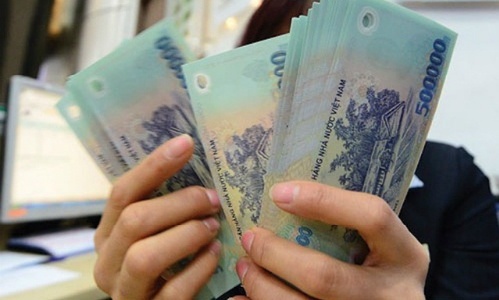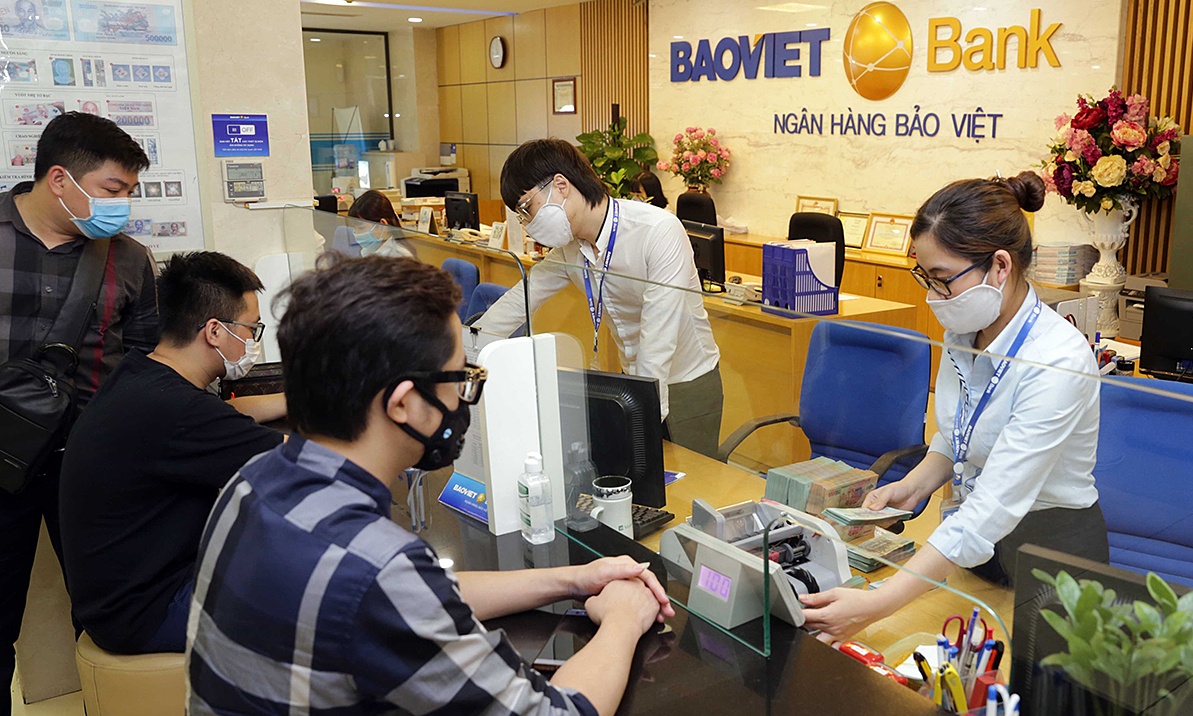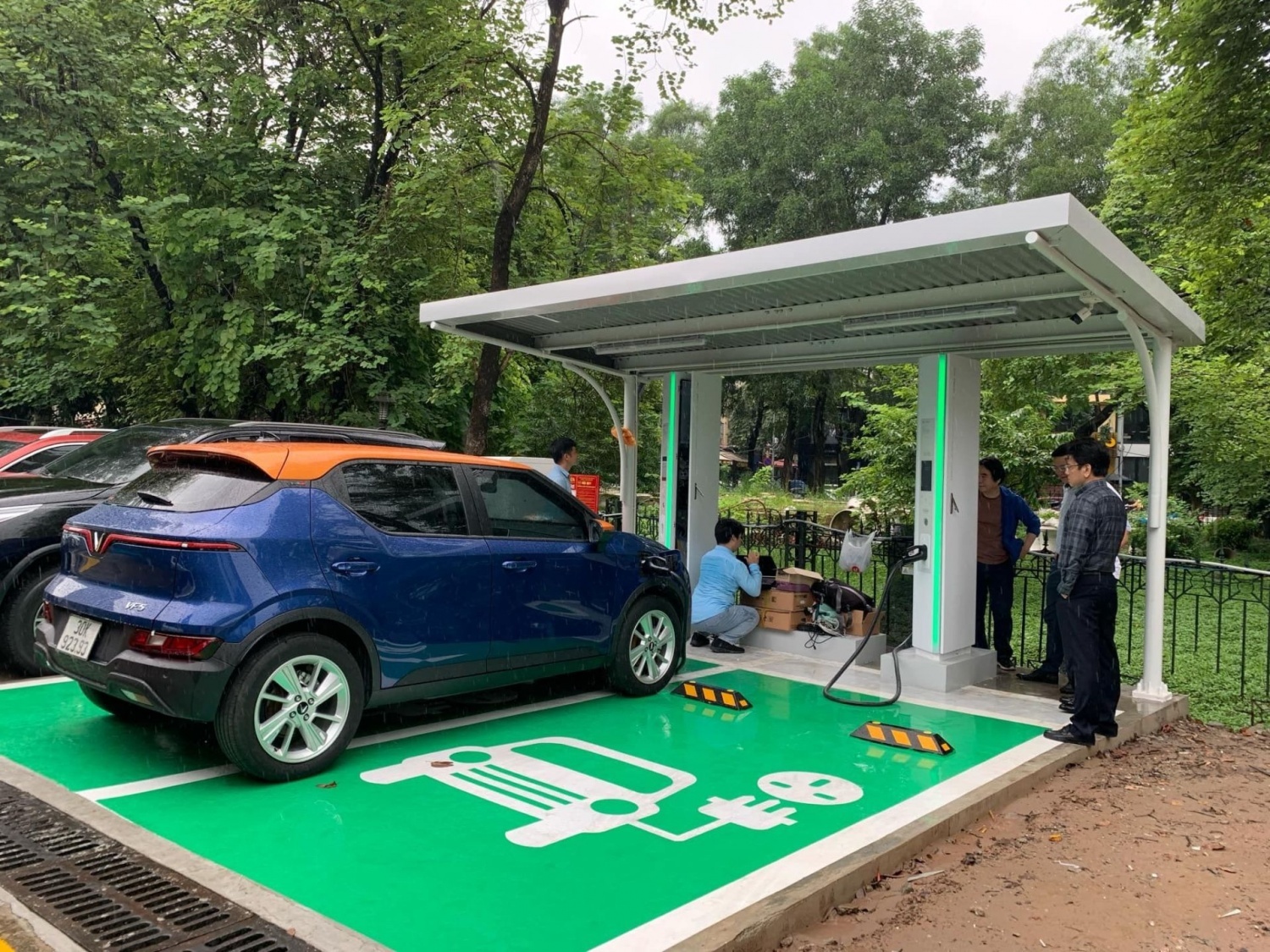Lending rates face hurdles to go south
 According to the State Bank of Vietnam (SBV), short and long-term commercial bank lending rates fluctuated at 17-19 and 18-20 per cent, respectively – mainly for agricultural and exporting firms. Normally manufacturing enterprises are subject to 19-21 per cent rates.
According to the State Bank of Vietnam (SBV), short and long-term commercial bank lending rates fluctuated at 17-19 and 18-20 per cent, respectively – mainly for agricultural and exporting firms. Normally manufacturing enterprises are subject to 19-21 per cent rates.
VietinBank chairman Pham Huy Hung said the 19-20 per cent rates associated with the capital mobilised previously were one of the main barriers for banks reducing lending rates, with this hangover to last six months.
“It will be difficult to reduce the [lending] rates sharply this year. VietinBank on average is lending at 17-18 per cent while other banks at 19 per cent. Next year will see the rates reduce more,” said Hung. OceanBank chairman Ha Van Tham added that commercial banks’ high capital costs were another big problem.
On September 7, 2011, the SBV issued Directive 02/CT-NHHNN forbidding all commercial banks offering depositors interest rates higher than 14 per cent per year. However, Tham said banks’ average capital costs were widely higher than that cap, making lenders hard to lower lending rates.
“It takes time for banks’ previous deposits to expire, hence lending interest rates should be lowered gradually,” said Tham.
Vietcombank is offering the lowest lending rate at 16 per cent per year, but only applicable to seafood and wooden products exporters. Techcombank has reduced its lending rate from 19.5 to 17.5 per cent per year for agricultural, forestry and fishery exporters.
The business society has repeatedly lamented that high interest rates remain one of the biggest hurdles to their access to banks’ loans to satisfy enterprises’ capital thirst. In the first eight months of 2011, the banking system just saw a credit growth of 8.85 per cent against the 16.9 per cent pace in the corresponding period last year. For the whole 2011, the system expects an aggregate credit growth ranging between 15-18 per cent.
On February 24, the government issued Resolution 11/NQ-CP on primary solutions to control inflation, stabilise the macro-economy and secure social welfare. The resolution set a cap for national credit growth in 2011 at 20 per cent.
However, Government Office Chairman and Minister Vu Duc Dam told a press meeting in Hanoi early last week that in views of the government’s inflation control priority, the 20 per cent cap should not be reached.
“To control inflation at 18 per cent and to attain a gross domestic product growth of 6 per cent this year, credit growth cap [of 20 per cent] should be reduced by three basis points,” he said.
What the stars mean:
★ Poor ★ ★ Promising ★★★ Good ★★★★ Very good ★★★★★ Exceptional
Related Contents
Latest News
More News
- Standard Chartered Vietnam appoints first Vietnamese CEO (September 06, 2024 | 15:33)
- Uneven credit growth registered in first eight months (September 06, 2024 | 10:01)
- Companies collaborate to support PV Power’s Nhon Trach 3 and 4 (September 06, 2024 | 10:00)
- Brand growth solutions in the banking sector (September 05, 2024 | 14:00)
- Aquaculture stocks lean to speculative (September 05, 2024 | 11:27)
- Citi appoints new head of Financing for Investment Banking (September 04, 2024 | 18:03)
- BAC A BANK enhances options for young enterprises (September 04, 2024 | 09:47)
- Bad debt risks make banks switch focus (September 04, 2024 | 08:00)
- The prospects for foreign exhange market for rest of 2024 (August 31, 2024 | 21:52)
- Addressing legal gaps for resolving non-performing loans (August 31, 2024 | 21:47)


 Tag:
Tag:



















 Mobile Version
Mobile Version